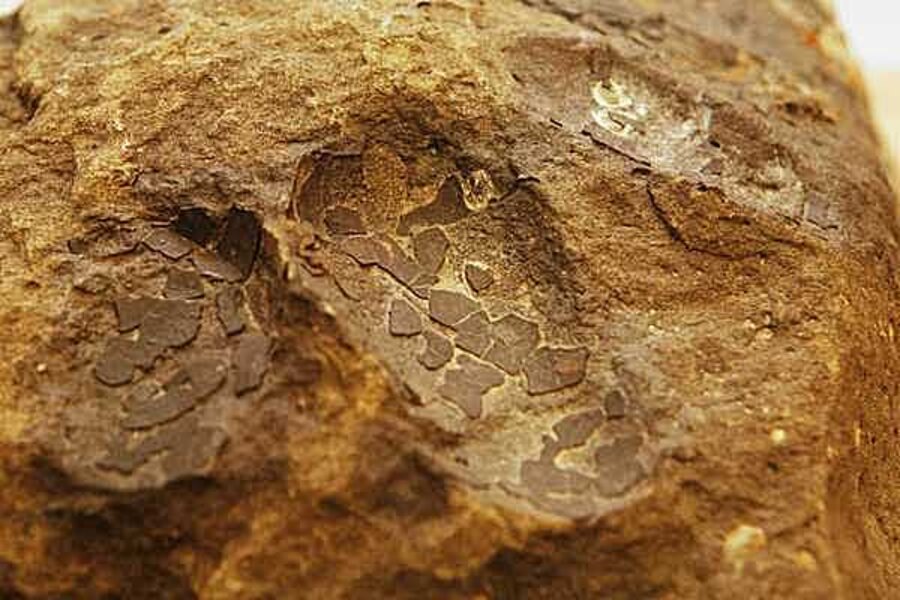Which came last, the dinosaur or the egg?
Loading...
New evidence suggests that mama dinosaur likely perished at the same time as her eggs.
Researchers in Patagonia recently found skeletal remains of a newly designated genus of dinosaur – Bonapartenykus – near two broken eggshells. Examinations of the bones and eggs suggest that they may have been inside the creature at the time of her death.
"So it looks like we have indirect evidence for keeping two eggs in two oviducts," Kundrát told LiveScience. "They were close to being laid, but the female didn't make it."
Or maybe not. Other information gathered from shards of eggshells discovered later indicates that some of the eggs had been incubated, and therefore contained embryos at an advanced stage of development. In other words, some of the eggs may have been in the nest, not in the dinosaur.
Though the location of the eggs at the time of the mother's death remains uncertain, the 70-million-year-old fossils hold several more clues to the past.
The remains are from the birdlike dino which belonged to a group of dinosaurs known as the Alvarezsauridae. It's known as Bonapartenykus ultimus, named in honor of José Bonaparte, discoverer of the first alvarezsaurid in Patagonia in 1991.
Measuring eight and a half feet long, it was one of the largest members of the family. The feathered bipeds possessed birdlike skulls, small jaws with teeth, and strong but short arms that ended with a sizable claw.
The eggs found with the mother's remains are unique, so researchers designated a new type of dinosaur egg called Arraigadoolithidae, named for Alberto Arraigada the owner of the site where the specimen was discovered.
When Kundrát, a dinosaur expert from Uppsala University in Sweden, examined the eggshells, he noticed what "turned out to be the first evidence of fungal contamination of dinosaur eggs."
Kundrát told LiveScience of his discovery, "It looks like at the very late stage the eggs could suffer from the same contamination as in common birds."
These findings will be published in the June 2012 edition of the journal Cretaceous Research. The article is available online now.







